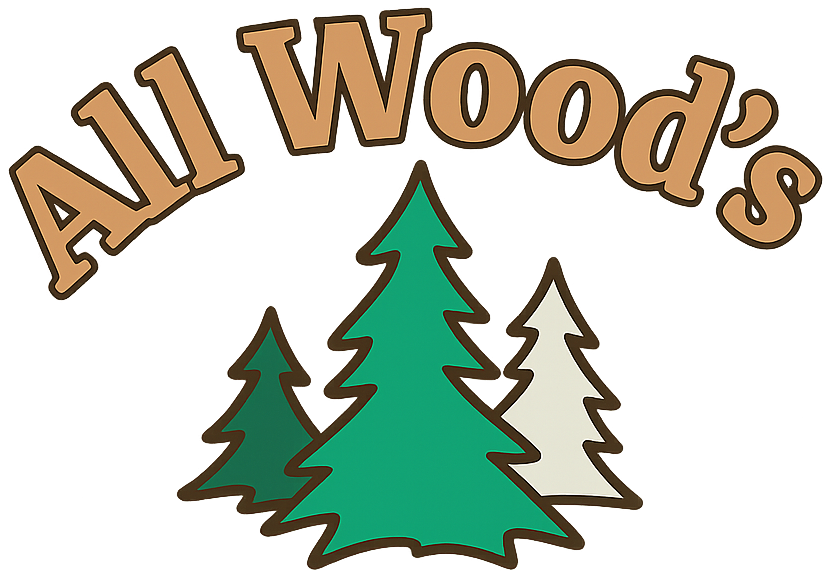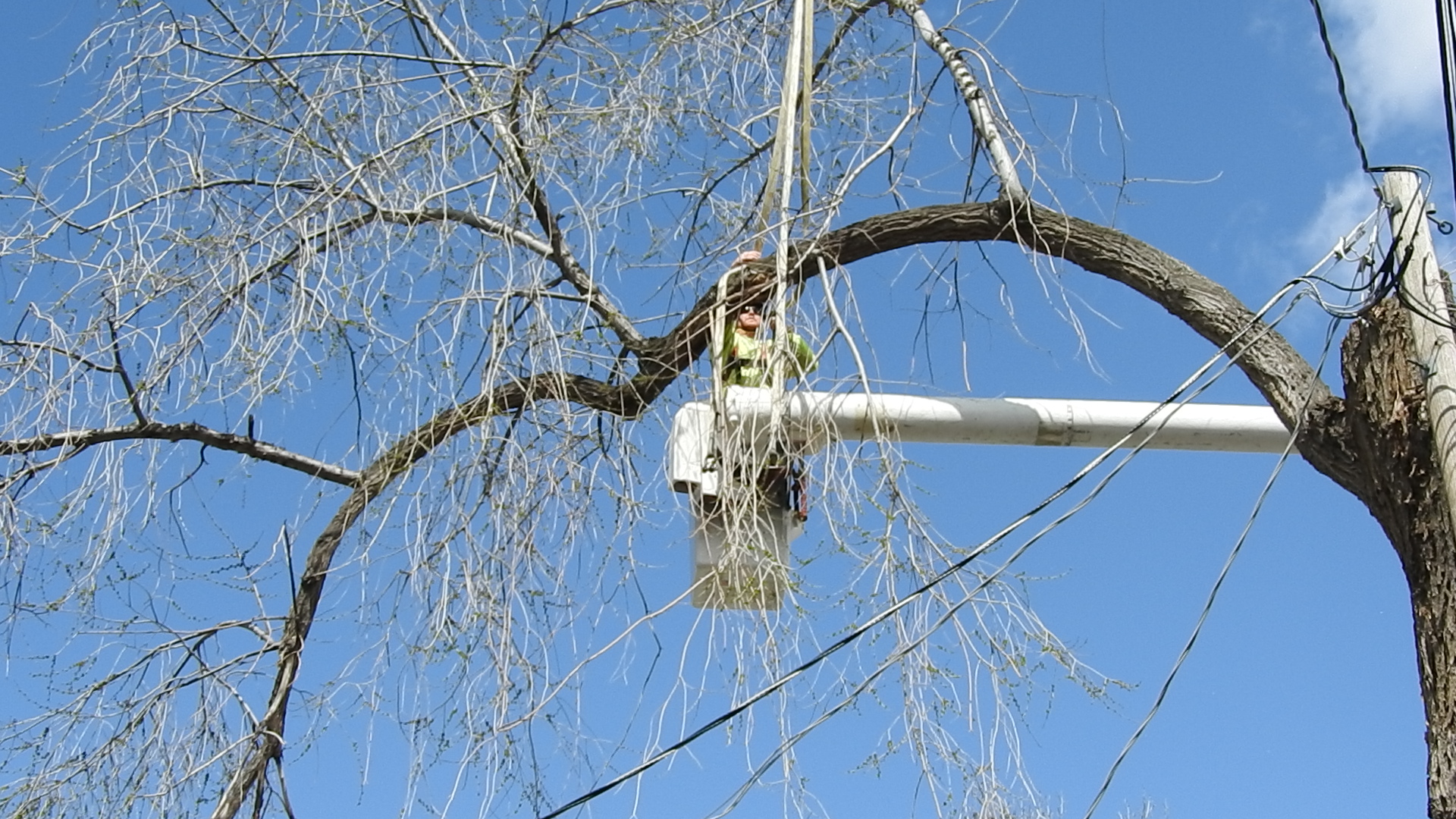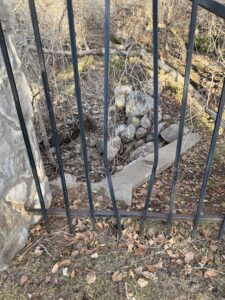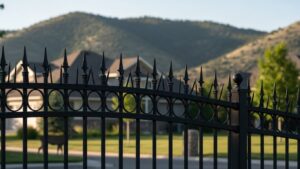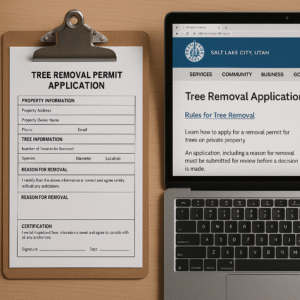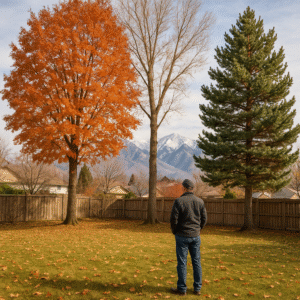Late summer in Northern Utah is a time when many homeowners focus on finishing up landscaping projects before fall. But while you’re mowing, trimming, and watering, there might be one major issue quietly developing in your yard: a dying tree.
Trees that are in decline often don’t show obvious signs until it’s too late. And with Utah’s dry climate, summer heat, and occasional storms, a dying tree can quickly become a danger to your home, vehicles, and family. In this post, we’ll help you recognize the warning signs, explain why quick action is critical, and share when it’s time to call in the experts.
Why Do Trees Die in Late Summer?
Several environmental stressors peak in August that can push already weak trees over the edge:

- Drought stress (especially after weeks of high temperatures)
- Pest infestations (like bark beetles and borers)
- Storm or wind damage
- Root compaction from foot traffic or construction
- Old age or poor pruning in previous seasons
In Northern Utah, native and landscape trees like ash, cottonwood, elm, maple, and pine are all susceptible to drought, pests, and fungal disease if not properly maintained.
Common Signs Your Tree Is Dying
Knowing the symptoms of a dying tree can help you act before it becomes a safety hazard. Here are the top signs to watch for:
| Sign | Description |
| Brittle or Peeling Bark | Bark may fall off in large chunks or crack deeply. Healthy bark regenerates, dying trees do not. |
| Dead Branches | Look for large limbs with no leaves, buds, or flexibility. Dead limbs are a serious falling risk. |
| Leaf Discoloration | Yellowing, browning, or early leaf drop is often a stress signal, especially if it’s not seasonal. |
| Mushrooms or Fungi at the Base | Fungal growth near roots may indicate internal rot. This weakens the entire structure. |
| Visible Pests or Holes in Bark | Insects like bark beetles leave entry/exit holes. Woodpecker activity can also signal insect infestations. |
| Leaning or Uprooting | A sudden lean or exposed roots is an emergency risk and needs immediate inspection. |
The Dangers of Leaving a Dying Tree Untouched
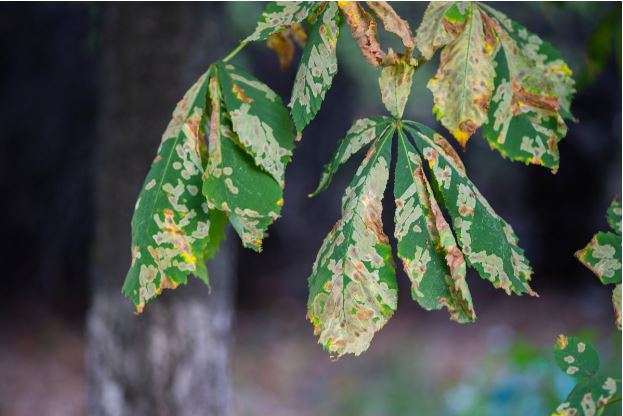
Letting a dying tree remain in your yard isn’t just an eyesore, it’s a potential liability. Here’s why:
- Falling limbs can damage roofs, cars, fences, or worse, injure people or pets.
- Windthrow (when a tree topples in high winds) can destroy entire sections of your yard or home.
- Insect infestations often spread from one sick tree to nearby healthy ones.
- Fire risk increases with dry, dead wood in the summer.
Fast Fact: According to the Utah Division of Forestry,dead trees can generate wind speeds over 70 mph when they fall due to root failure. This makes proactive removal essential for safety.
How All Woods Tree Service Can Help
At All Woods Tree Service, we specialize in diagnosing, trimming, and removing dead or dying trees throughout Northern Utah. Our certified arborists can evaluate the structural integrity of your trees and recommend the safest, most cost-effective solution, whether that’s treatment, pruning, or full removal.
We also offer 24/7 emergency tree services in case a limb or tree comes down during a late-summer storm.
Tips to Protect Your Trees Before Fall
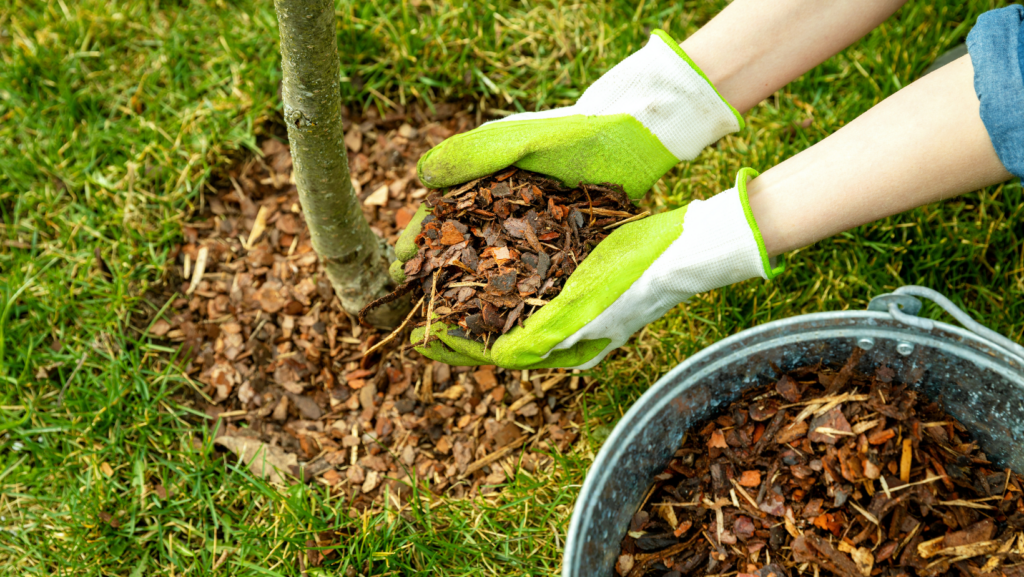
If your trees are still healthy, here’s how to keep them that way as summer ends:
- Water deeply and infrequently: Aim for 1–2 inches per week. Early morning is best.
- Mulch properly: Keep mulch 2–3 inches thick but away from the trunk base.
- Prune safely: Remove dead or weak branches before fall storms hit.
- Inspect regularly: Walk your property once a month and look for changes in bark, leaves, or structure.
- Schedule a professional checkup: An arborist can spot root issues or pests before they become visible.
Final Thoughts
Trees are a beautiful and valuable part of your Northern Utah landscape,but a dying one can quickly become a threat. If you’ve spotted brittle bark, dead limbs, or suspicious fungi, don’t wait. Early detection and professional help can save your property, and sometimes even lives.
Don’t guess, get an expert opinion.
Contact All Woods Tree Service todayfor a free tree health evaluation and quote. Let’s make sure your trees are safe, strong, and ready for the coming season.
Q&A: Tree Health and Safety in Late Summer
Q: How can I tell if my tree is truly dead or just dormant?
A: Dormancy usually happens in late fall to winter, not August. If your tree has brittle branches that snap rather than bend, and no leaves or green cambium under the bark, it’s likely dead or dying.
Q: Are dead trees more dangerous in late summer?
A: Yes. Dead trees dry out more in summer heat, making them more prone to falling or catching fire. August also brings seasonal thunderstorms to Utah, which increase the risk of limb or whole tree collapse.
Q: Can a dying tree be saved?
A: Sometimes. If caught early, problems like pests, poor watering, or pruning issues can be treated. But extensive root rot, trunk damage, or large dead limbs often require removal.
Q: Will my city remove a dangerous tree on public land?
A:In many Utah cities like Ogden, Layton, and Bountiful, trees on public easements are managed by city arborists. But trees on private property are your responsibility,even if they threaten public property.
Serving: Layton, Ogden, Syracuse, Bountiful, Clearfield, and surrounding Northern Utah communities.
